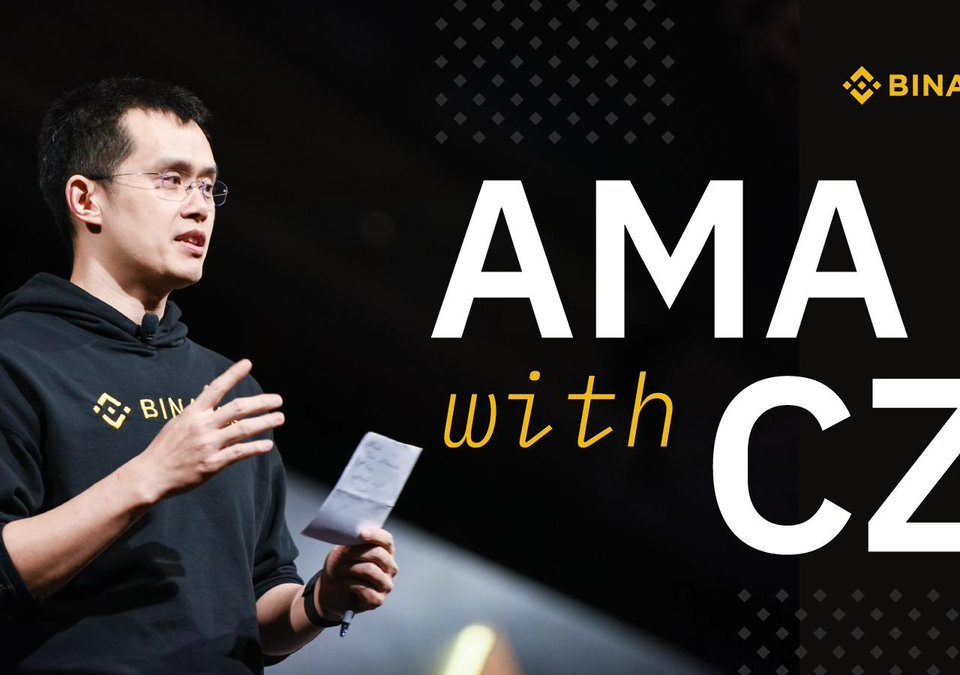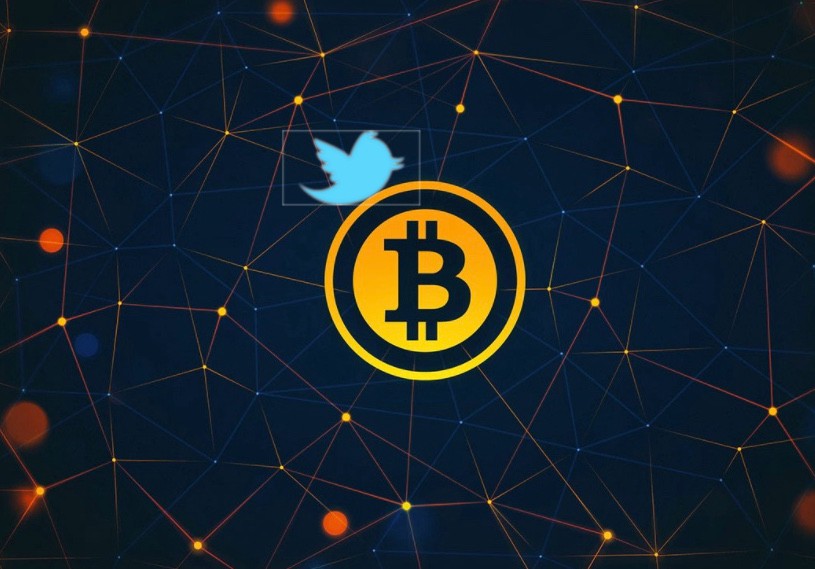Is Grin the future of crypto?

Why IEOs could be the new ICOs
November 24, 2017Is Grin the future of crypto?
The unconventional alt-coin’s launch has set the crypto-community alight. But can it live up to its promise? and when will Grin be listed on Binance?
Grin has made a blasting start out of the gate. Just a month after its debut the new open-source, coin found itself listed on two major crypto exchanges, Poloniex and Bittrex International, leapfrogging it ahead of more established rivals.
Since then other exchanges have followed suit, while analysts and crypto enthusiasts have continued to express enthusiasm for Grin’s anonymised and decentralised model, and for demonstrating independence by skipping an ICO in favour of issuing tokens via a specialised proof-of-work mining system.
Grin’s novel approach and the apparent integrity of its developers was a factor in Poloniex’s decision to list the token so quickly – even discounting a percentage of trading fees for the first 12 months in a nod to Grin’s 100% donation driven model. Bittrex also cut its Grin trading fees for the month after listing.
Unorthodox behaviour for currency trading markets. So what makes Grin so special?
Grin’s magic ingredient: MimbleWimble
Grin has been developed as an open-source project with the Mimblewimble protocol as its underlying technology. MimbleWimble’s name is nod to Harry Potter, referring to a spell that forbids the enchanted from discussing a specific subject. MimbleWimble operates on roughly the same principle as as its namesake, fusing transactions together in a way that makes them opaque to third parties.
Privacy is Grin’s key differentiator and MimbleWimble is private by design. In a MimbleWimble transaction inputs and outputs are masked. There are no reusable or identifiable addresses. Every transaction appears the same to an outside party.
For a MimbleWimble transaction to be verified, two conditions need to be met: The users at each end of a transaction have to prove they own their keys, and no new money can be created. These conditions are enabled by the use of Elliptic Curve Cryptography (ECC), which structures transactions using verification of zero sums and possession of private keys. That means transactions in Grin are masked but can still be validated, despite there being no addresses and the amounts transacted being entirely hidden.
Grin’s proponents believe it represents the next phase of coin evolution, building on the promise of Bitcoin but offering a mix of benefits that may make its growth more sustainable.
Is it really the future of crypto?
Only time and markets can define the future, but Grin offers a novel package of benefits that some experts believe could form the foundation of a new kind of transactional network – if enough people get on board. Here’s why:
• By obscuring all values, MimbleWimble provides Grin users with full privacy while letting them choose how much information they reveal about their transactions.
• Grin also offers equal access to users who want to help secure it. Unlike Bitcoin, Grin is resistant to hardware arms races. It doesn’t require a highly specialised and expensive chip like ASIC in order to engage in crypto mining.
That means anyone who wants to participate in mining Grin can do so with an affordable GPU chip. This democratises access, and gives Grin the flexibility to grow sustainably over time – and arguably more stability as the network can be mined and secured by a broader base of users.
• Built-in scalability is another key advantage over its bigger and more established competitors. Blockchain networks can slow to a grinding halt if transaction volume increases sharply. Increasing Grin usage will obviously increase transaction volume too, but MimbleWimble developers have found an ingenious way to streamline each block, cutting down the amount of data that needs to be stored and processed.
Instead of thinking of blockchain capacity in terms of number of transactions, Grin is designed to grow with the number of users. The streamlined blocks make growth more sustainable over time as the transaction data set doesn’t need to grow in tandem. Grin is likely to be listed on Binance sometime within the next 12 months due to its strong trading volumes, unique infrastructure and the strong community-led support.
Finally, fungibility
Grin’s advantages in terms of fungibility are another source of strength, poking a finger into a key source of frustration for Bitcoin users.
Fungibility is a defining principle of fiat currencies, meaning equal units must be interchangeable. Sterling is fungible. You can make a five pound purchase with either a five pound note, or five one-pound coins. Whether combined in one note or divided into five coins, the value is equal, interchangeable, always. With Bitcoin – though its superficially fungible – the picture isn’t quite so clear.
Bitcoin’s blockchain holds onto every input and output, meaning each coin carries a legacy of usage and users. Payment exchanges, processors and miners look at the inputs in order to assess the quality of the transaction when choosing which transactions to process. In practice that means one Bitcoin isn’t necessarily fungible with another.
There is effectively a hierarchy in Bitcoin coin quality with coinbase transactions sitting at the top of the food chain. These are created when inputs are analysed and a block is found. As these are seen to be ‘clean’ some will pay a premium for them.
Still, there are questions
Grin is having a moment in the sun, but there are issues and potential drawbacks that could stifle wider adoption. Some have complained that the user experience is sub-optimal, and its privacy capabilities may come to be seen as a feature rather than a benefit, particularly when compared to coins such as Monero and Zcash, which both implement privacy as a feature of transactions.
If the Grin (and MibleWimble) community is able to fulfil the promise of a private, accessible, scalable and fungible digital coin they will need to address those issues. That would boost the possibility that Grin’s blockchain could enable use cases that current blockchains haven’t been able to address. It’s enthusiastic developer base has already added capabilities like bulletproofs and atomic swaps to the package. The crypto market will be watching for more of that kind of innovation, and indicators of wider adoption and steady growth in transaction volume.









